In the enchanting world of gardening, few plants captivate as effortlessly as hostas. With their vibrant foliage and versatile adaptability, these perennial favorites have secured a prime spot in gardens around the globe. However, a lingering question often permeates the minds of both novice and seasoned gardeners alike: Do Hostas Need a Lot of Water? Let’s find out more details with Gina Farm through the following article.
Do Hostas Need A Lot Of Water?
Hostas are generally known for their preference for consistently moist soil, but they also don’t like to be waterlogged. They thrive in well-draining soil that retains moisture but allows excess water to escape. The water needs of hostas can vary based on factors such as the climate, soil type, and individual plant requirements.
Here are some general guidelines for watering hostas:
- Consistent Moisture: Hostas prefer consistently moist soil. Water them regularly, especially during dry periods. Aim to keep the soil evenly moist, but not waterlogged.
- Morning Watering: It’s often recommended to water hostas in the morning rather than in the evening. Watering in the morning allows excess moisture to evaporate during the day, reducing the risk of fungal diseases.
- Mulching: Applying a layer of mulch around hostas can help retain soil moisture, suppress weeds, and regulate soil temperature. Mulching is particularly beneficial in hot climates.
- Establishment Period: Newly planted hostas require more attention to watering until they establish a robust root system. Ensure that the soil around newly planted hostas stays consistently moist.
- Container Hostas: If you’re growing hostas in containers, they may need more frequent watering compared to those in the ground. Containers tend to dry out faster, especially in warm weather.
- Avoid Waterlogged Soil: Hostas do not tolerate waterlogged soil well. Ensure that the soil has good drainage to prevent root rot and other issues associated with overly wet conditions.
To determine when to water, you can check the soil moisture by sticking your finger into the soil. If the top inch of soil feels dry, it’s time to water. Adjust your watering frequency based on weather conditions and the specific needs of your hostas. Always consider the local climate and the specific requirements of the hosta variety you are growing.

Factors Influencing Hostas’ Water Needs
Several factors can influence the water needs of hostas. Understanding these factors can help you provide the right amount of water for optimal growth. Here are some key factors that influence how much water hostas require:
Climate:
The climate of your region plays a significant role in determining how often you need to water hostas. In hot and dry climates, hostas may need more frequent watering to maintain adequate soil moisture. Conversely, in cooler and more humid climates, they may require less frequent watering.
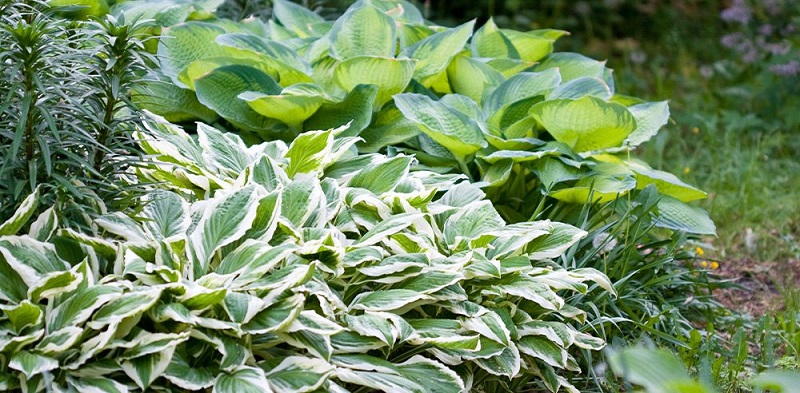
Soil Type:
The type of soil in which hostas are planted affects their water needs. Hostas prefer well-draining soil that retains moisture without becoming waterlogged. Sandy soils drain quickly and may require more frequent watering, while clay soils retain water for longer periods.
Sunlight Exposure:
Hostas are shade-loving plants and typically thrive in partial to full shade. The amount of sunlight they receive can impact their water requirements. Hostas in full sun or hot afternoon sun may need more water to compensate for increased evaporation and transpiration.
Plant Size and Age:
Young and newly planted hostas generally need more water as they establish their root systems. Larger, established hostas may be more drought-tolerant once their roots are well-developed.
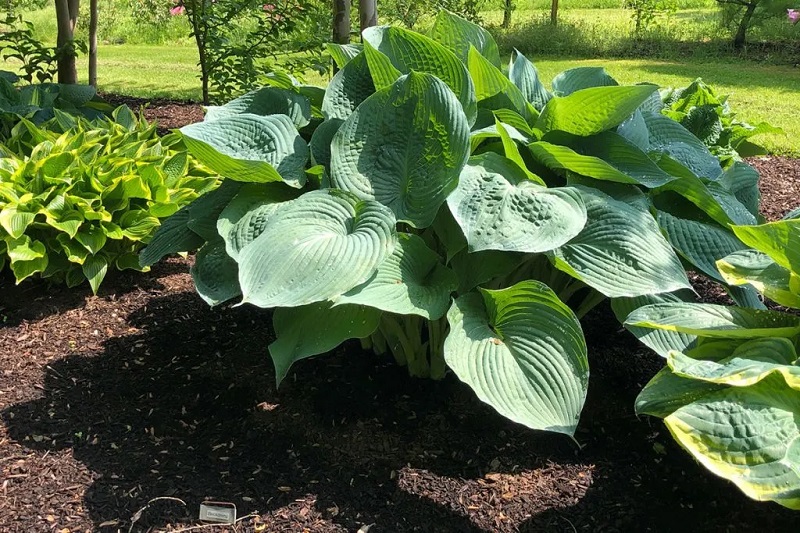
Mulching:
Applying a layer of organic mulch around hostas helps retain soil moisture by reducing evaporation and suppressing weed growth. Mulching also regulates soil temperature, providing a more stable environment for the plants.
Container vs. Ground Planting:
Hostas grown in containers tend to dry out faster than those planted in the ground. Containers have limited soil volume, and the soil can heat up more quickly, necessitating more frequent watering.
Weather Conditions:
Extended periods of hot and dry weather increase the water needs of hostas. During such conditions, monitor soil moisture levels closely and adjust your watering schedule accordingly.
Watering Practices:
The frequency and method of watering can impact how well hostas retain moisture. Watering in the morning allows excess moisture to evaporate during the day, reducing the risk of fungal diseases. Consistent watering practices promote healthy root development.
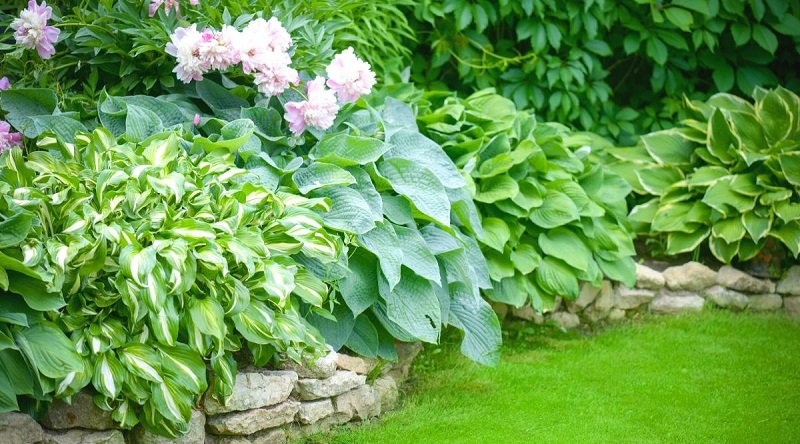
By considering these factors and adjusting your watering routine accordingly, you can help ensure that your hostas receive the right amount of water to thrive in their specific environment. Always observe your plants and the surrounding conditions to fine-tune your watering regimen as needed.
Signs of lack or excess water of Hostas plants
Hostas are relatively resilient plants, but they can show signs of stress when they receive too little or too much water. Here are some signs to help you determine whether your hostas are experiencing water-related issues:
Signs of Underwatering (Lack of Water):
- Wilting: The most obvious sign of underwatering is wilting. Hostas may appear droopy, and their leaves may lose their turgidity.
- Curling Leaves: In an effort to conserve water, the leaves of hostas may curl inward when the plant is not receiving enough water.
- Yellowing Leaves: The leaves may start to yellow, particularly around the edges, as a response to water stress. This is a common sign of nutrient deficiency that can be exacerbated by insufficient water.
- Stunted Growth: Lack of water can lead to slowed growth or even stunted development, especially in young or newly planted hostas.
- Dry Soil: Check the soil moisture level by inserting your finger into the soil. If the top inch feels dry, the plant likely needs water.

Signs of Overwatering (Excess Water):
- Yellowing Leaves: While yellowing can be a sign of underwatering, it can also indicate overwatering. Excess water may lead to root rot, preventing the roots from absorbing nutrients, causing the leaves to turn yellow.
- Mushy, Discolored Roots: If you observe a foul smell or notice mushy, discolored roots when you pull the plant from the soil, it may be a sign of root rot, which is often caused by overwatering.
- Leaf Drop: Overwatered hostas may drop leaves as the roots suffocate and rot. The leaves may also appear waterlogged and have a slimy texture.
- Fungus and Mold: Excessive moisture can create conditions favorable for fungal diseases. Look for signs of mold, mildew, or other fungal growth on the leaves or soil surface.
- Edema: Hostas may develop small, blister-like bumps on the undersides of leaves due to overwatering. This condition, known as edema, is caused by water uptake exceeding the plant’s ability to transpire.
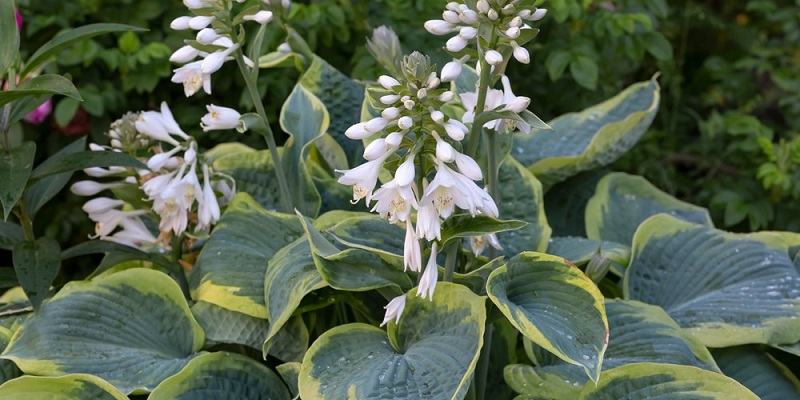
Tips for Watering Hostas:
- Consistent Moisture: Aim for consistent soil moisture. Water hostas when the top inch of soil feels dry.
- Well-Draining Soil: Ensure that the soil provides good drainage to prevent waterlogging.
- Morning Watering: Water in the morning to allow excess moisture to evaporate during the day, reducing the risk of fungal diseases.
- Adjust Based on Climate: Adjust your watering frequency based on the climate and weather conditions in your region.
By monitoring your hostas and adjusting your watering practices accordingly, you can help ensure that they receive the right amount of water for optimal growth and health.
Watering Techniques for Optimal Hosta Care
Watering is a crucial aspect of caring for hostas, and employing proper techniques can contribute significantly to their overall health and vitality. Here are some watering techniques for optimal hosta care:
Consistent Moisture:
Hostas prefer consistently moist soil. Water them regularly, especially during dry spells, to maintain a consistent level of moisture in the soil.

Deep Watering:
Water deeply to encourage deep root growth. Shallow watering may lead to shallow root systems, making plants more susceptible to drought stress.
Watering Schedule:
Establish a regular watering schedule, but be flexible based on weather conditions. During hot and dry periods, hostas may need more frequent watering.
Morning Watering:
Water hostas in the morning to allow excess moisture to evaporate during the day. This helps prevent the development of fungal diseases that thrive in damp conditions.
Avoid Overhead Watering:
Water at the base of the plant rather than overhead to minimize moisture on the foliage. Wet leaves can encourage the development of fungal issues.
Mulching:
Apply a layer of organic mulch around hostas to help retain soil moisture. Mulch also suppresses weeds and regulates soil temperature, creating a more favorable environment for the plants.
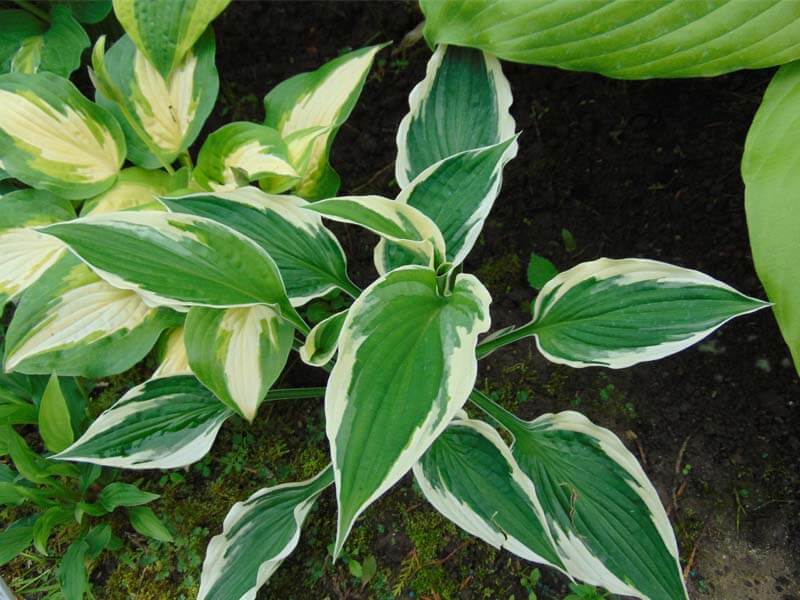
Monitor Soil Moisture:
Regularly check the moisture level of the soil. Stick your finger into the soil; if the top inch feels dry, it’s time to water.
Use a Soaker Hose or Drip Irrigation:
Consider using a soaker hose or drip irrigation system for efficient and targeted watering. These methods deliver water directly to the soil, minimizing water contact with the foliage.
Adjust for Container-Grown Hostas:
If growing hostas in containers, they may require more frequent watering. Containers tend to dry out faster, so monitor the soil moisture closely.
Water Newly Planted Hostas Carefully:
Newly planted hostas need extra attention. Water them more frequently during the establishment period to help them develop a strong root system.
Avoid Waterlogged Soil:
Ensure that the soil has good drainage. Hostas do not tolerate waterlogged conditions well and may develop root rot if the soil remains excessively wet.
Rainwater Harvesting:
If possible, consider collecting and using rainwater for watering hostas. Rainwater is often preferred as it lacks the salts and chlorine found in tap water.
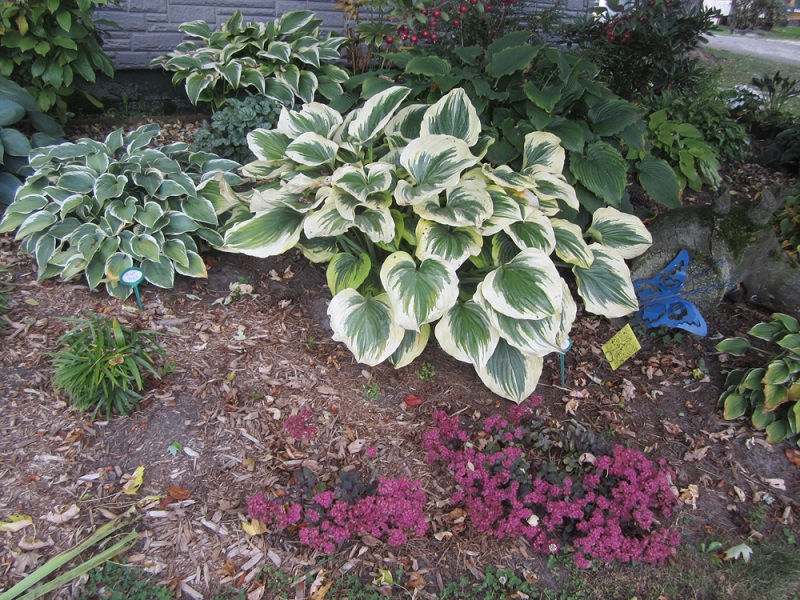
Adjust Based on Climate:
Take into account the local climate and adjust your watering practices accordingly. Hostas in hotter climates or exposed to more sunlight may require more water.
Be Observant:
Regularly observe your hostas for signs of stress. Adjust your watering routine based on the specific needs of your plants.
By incorporating these watering techniques into your hosta care routine, you can help ensure that your plants receive the right amount of water for healthy growth and vibrant foliage.
In Conclusion
In the realm of gardening, precision is key, and the query Do Hostas Need a Lot of Water? deserves a nuanced response. By unraveling the intricacies of hostas’ water requirements, we equip ourselves with the knowledge to nurture these botanical treasures to their full splendor. The journey towards mastering hosta care is an ongoing process, marked by attentive observation and thoughtful adjustments. As we navigate the tapestry of gardening, let the rhythm of watering become a harmonious dance between nature and nurture, ensuring our hostas thrive in every season.